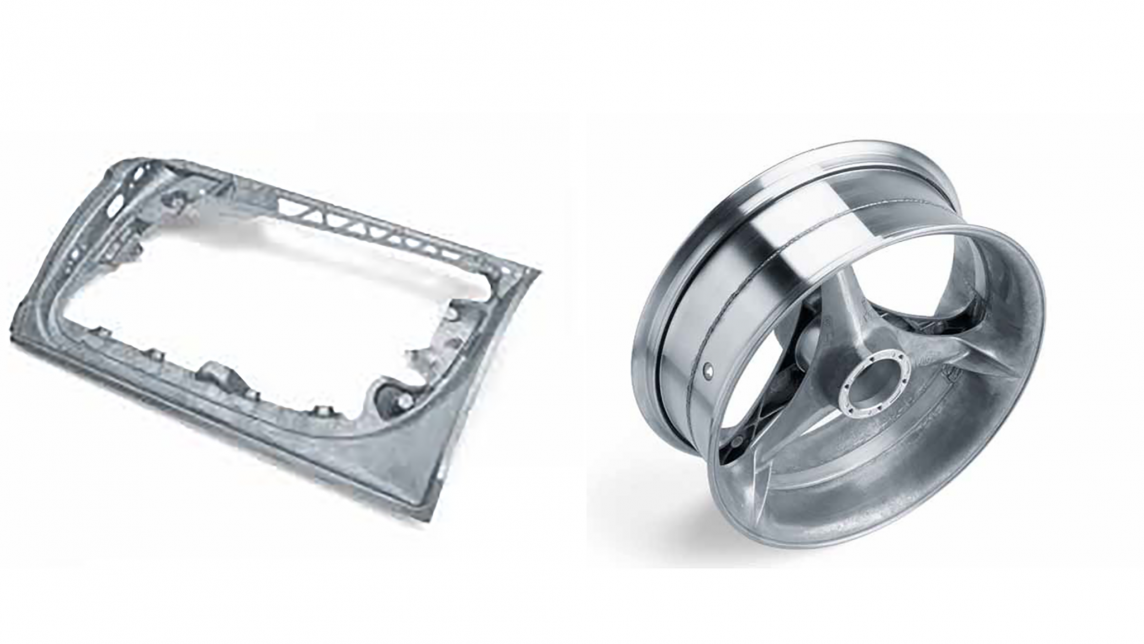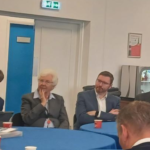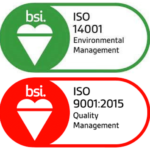It’s probably not generally appreciated in the manufacturing world that cast aluminium components can be made with enhanced mechanical properties relatively inexpensively by the selection of an alloy appropriate for the purpose required.
Over 200 different casting alloys are currently registered with the American Aluminium Association and additional alloys have been developed in Europe by recycler/smelters such as Rheinfelden in South West Germany. Castings made from Rheinfelden’s Magsimil-59 for example have ductility and tensile and yield strengths similar to components made from 6061 series extrusion alloys. Such components would have been expensively machined from 6061 in solid form, and the cost savings achievable by casting are clearly substantial.
These effects are achieved through the addition of alloying elements during ingot production by recyclers for the foundries. For example, modification of aluminium-silicon eutectic alloys by inert strontium improves the tensile properties of the alloys. The introduction of strontium leads to additional refinement of the structure and increases the tensile strength and elongation at break.
The addition of magnesium increases solution strengthening and allows further improvement through strain hardening while not appreciably reducing ductility or corrosion resistance. Magnesium actually improves the ductility of aluminium alloys containing iron and silicon due to modification of Al5FeSi intermetallic inclusions from platelet to cubic form Al15(MnFe)3Si2. Magnesium also improves low cycle fatigue resistance and increases corrosion resistance.
Silicon improves the castability of aluminum alloys due to better fluidity and lower shrinkage and increases the strength of the alloys. Silicon also Improves resistance to abrasive wear. Copper increases tensile strength, fatigue strength and hardness due to the effect of solid solution hardening, although ductility is reduced.
Hybrid aluminium/zinc alloys have been available for many years to provide exceptional mechanical properties in pressure castings. These alloys are much denser than traditional aluminium alloys but this may not be significant for smaller castings.
Not only can pressure casting replace expensive and time consuming machining or fabrication processes but such alloys can remove the need for processing after casting (e.g. heat treatment) to achieve the mechanical properties required.
Many modern foundries are “switched on” to these possibilities nowadays and designers should be encouraged to contact the foundry to discuss requirements with foundry engineers. For any particular application prototypes can always be machined from cast billet made from the special alloy proposed by the foundry, and stress testing will give a close indication of the mechanical properties which will be achieved in the cast component.
Rob Pickersgill, MD, W Hallam Castings Ltd, South Yorkshire, England.



